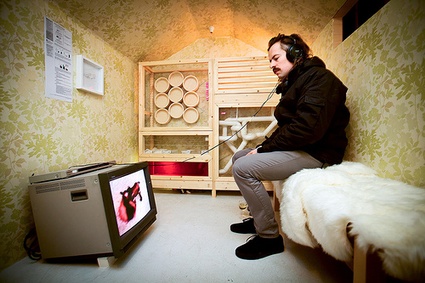 Alter Nature – the Unnatural Animal (photo by Kristof Vrancken)
Alter Nature – the Unnatural Animal (photo by Kristof Vrancken)
As i mentioned a few weeks ago, designers Revital Cohen and Tuur Van Balen are having a double exhibition at the Z33 art center in Hasselt, Belgium. The Unnatural Animal, explores progress in bioscience and biotechnology but also their impact on our norms and values. This is the last week to visit the exhibition so i’m going to try and convince you that you should take the bus/train/bike and make your way to Hasselt before Sunday evening.
Just like Tuur, Revital is presenting both finished and ‘in progress’ research projects at Z33. There’s Life Support of course but also The Phantom Recorder and a rather fascinating Electrocyte Appendix, an artificial organ that could be implanted into the body to allow people to turn themselves into electric organisms.
While watching the interview that Jan Boelen, the artistic director at Z33, made with the designer, i got very intrigued by one of the projects she briefly discussed. Titled Ready-to-use Models, this work in progress involves a SERT Knock-out rat, a laboratory tool genetically designed to be constantly depressed. The rats, which can be ordered from online catalogues, are manipulated to not be able to absorb serotonin, the hormone responsible for feelings of contentment and happiness.
Revital designed a big play cage that attempts to bring some happiness to the morose little rodent while questioning the exchange of roles between animal and object.
Ready-to-use Models attempts to question the current definitions used to indicate living creatures. Does one denominate a manipulated organism as an object, product, animal or pet? What consequences does this choice of definition entail for our perceptions, feelings and behaviours regarding living creatures?
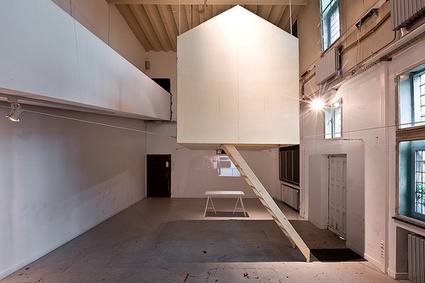 Alter Nature – the Unnatural Animal (photo by Kristof Vrancken)
Alter Nature – the Unnatural Animal (photo by Kristof Vrancken)
I asked Revital to give us more details about this particular project:
I was shocked and intrigued by that poor seratonin knock-out rat. How did you find about its existence? I’m sure my question will sound naive but is this legal to engineer a rat so that it will lead an anxious and sad existence?
This installation is the beginning of a large project I am developing around the subject of animal design. I have been researching the existence of ‘living products’ for years, and stumbled upon Genoway while looking into the legalities of transgenic species in Europe. Since these services/products exist it must be legal, but to my understanding within a scientific experimental environment only. I assume the design principle behind the engineering of these rodents was that it is justified to make an animal unhappy if it may lead to the abolishment of unhappiness in humans. I am not sure that I agree with this sentiment, but I find these designed creatures fascinating for raising all these bioethical questions.
 Your design attempts to create an environment where the rat would be able to get some relief from its anxiety. Along you seem to be aware all along that this generous attempt to make the rat ‘happy’ is doomed to fail. So why did you build this entertainment park for the rat? What did you want to communicate with this project?
Your design attempts to create an environment where the rat would be able to get some relief from its anxiety. Along you seem to be aware all along that this generous attempt to make the rat ‘happy’ is doomed to fail. So why did you build this entertainment park for the rat? What did you want to communicate with this project?
I am very interested in the language used around the production and trade of designed animals, which is really the language of commerce and marketing of objects. I wanted to see what might happen if I take this biological product and treat it as an animal? This has led me to the very naive attempt of trying to cheer up the rat, an empathetic sentiment which we reserve to living beings. The predictable futility of this attempt highlights the essence of this creature as a non-animal, a bio product, and opens up many questions about the nature of these species and how we are meant to perceive and relate to them. To me the installation forms the start of defining a new taxonomy of creatures which blur the boundaries between object and animal.
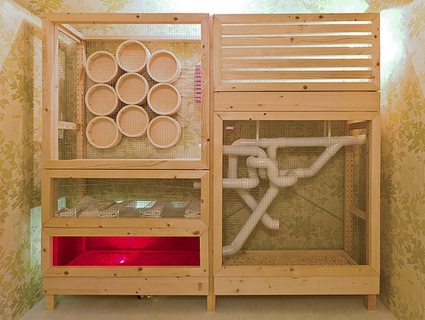 Alter Nature – the Unnatural Animal (photo by Kristof Vrancken)
Alter Nature – the Unnatural Animal (photo by Kristof Vrancken)
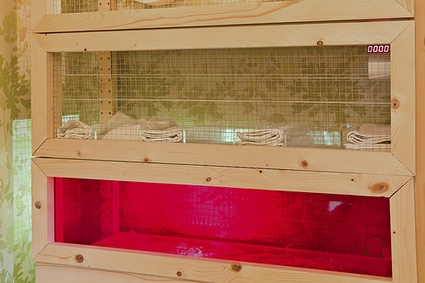 Alter Nature – the Unnatural Animal (photo by Kristof Vrancken)
Alter Nature – the Unnatural Animal (photo by Kristof Vrancken)
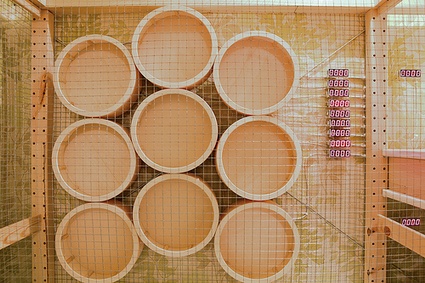 Alter Nature – the Unnatural Animal (photo by Kristof Vrancken)
Alter Nature – the Unnatural Animal (photo by Kristof Vrancken)
Could you describe the various compartments of the cage (or at least the ones you find most relevant)? And explain us what they refer to or seek to address exactly?
Each compartment in the cage is based on a subversion of a common laboratory anxiety test: forced swimming, elevated plus maze, open field, light dark tests. In this cage the maze has no dead ends, there are areas made for hiding and for gradual exposure training, the swimming pools are shallow and covered in climbing ropes and there is plenty of space, stimulation and serotonin-inducing exercise structures. The design of this object was inspired by DIY cages that people build for their pet rodents. I wanted to explore the space between treating an animal as pet and using one as a research tool, both are disconnected from nature and these contraptions are in a way a physical translation of our relationship with it.
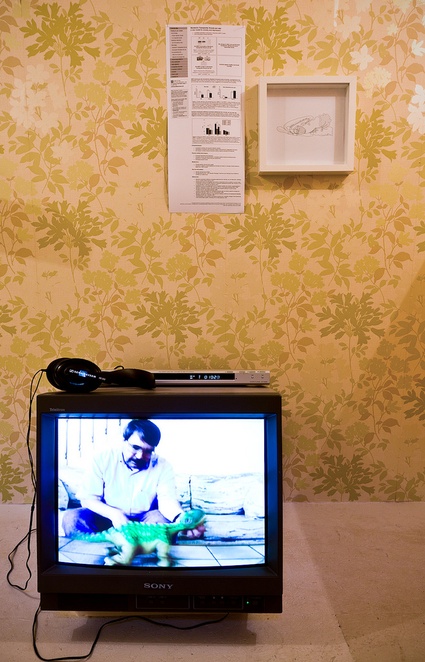 Alter Nature – the Unnatural Animal (photo by Kristof Vrancken)
Alter Nature – the Unnatural Animal (photo by Kristof Vrancken)
At Z33, you are also presenting a video that shows the exact opposite of the commodification of the rat: a series of products designed to be treated like real pets, from Tamagotchi to Fur Real Friends robots. Just to get a better idea of what this is about, could you point us to some of the videos that you are using?
Sure, there are some commercials on youtube:
FurReal Friends Butterscotch Pony Commercial and FurReal Friends Patter Pups Commercial.
Thanks Revital!
Find more about the exhibition in the Z33 video interview:
Alter Nature: The Unnatural Animal is part of Alter Nature, an overarching project by Z33, the Hasselt Fashion Museum and CIAP in collaboration with the MAD-faculty, the University of Hasselt, the Flemish Institute for Biotechnology (VIB), KULeuven University and bioSCENTer. Alter Nature: The Unnatural Animal is running until 1 May 2011, at Z33 – house for contemporary art in Hasselt, Belgium.
Also part of Alter Nature: Cook Me – Black Bile, It’s My Island, Alter Nature: We Can, Interview with Richard Pell, Director of the Center for PostNatural History, The flying tree.
Other works by Revital Cohen: Life Support – Could animals be transformed into medical devices? and The Phantom Recorder.
Related: Cat Fancy Club..

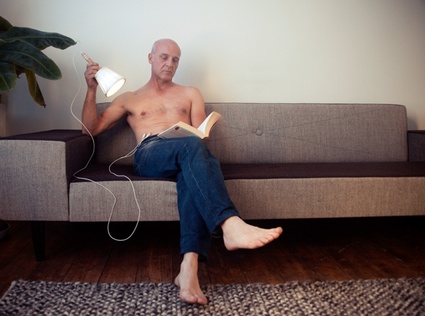 The
The